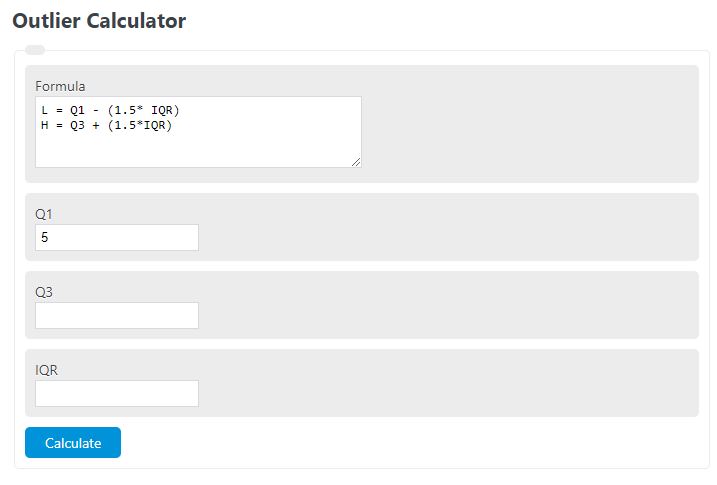

The median of the even valued set is four. Cross out values until you find the two centermost points and then calculate the average the two values.įind the average of the two centermost values. Now, let's find the mean of the data set with an even number of values. The median of the odd valued data set is four. Cross out values until you find the centermost point We will calculate this average by adding the two numbers together and then dividing that number by two.įirst, we will find the median of a set with an odd number of values. On the other hand, if the data set has an even number of values, then we will need to take the arithmetic average of the two centermost values. If the data set has an odd number of data points, then the mean is the centermost number. Now, let's perform this task with another example data set that is comprised of an even number of values. Let's sort an example data set with an odd number of values into ascending order. Likewise, in order to calculate the median, we need to arrange the numbers in ascending order (i.e. In order to calculate the IQR, we need to begin by ordering the values of the data set from the least to the greatest. The IQR is the difference between the upper and lower medians.Calculate the median of both the lower and upper half of the data.We can find the interquartile range or IQR in four simple steps: How would you interprete that and would you approve that my t-test and ANOVA would make sense considering that the p-value is very close to 0.Explanation: How do you find the interquartile range? The problem is that when I run Shapiro-Wilk Test, one of the series(out of 4) is not recognized as normal with the p-value of 0.04987 It is also confirmed by ‘Outliers and missing data’ in the RealStatistics test results. The Plot box shows no outliers and Grubbs’ Test is insignificant which shows that there is no outlier in the data.
#Outlier math calculator series
After running the test again, the d’Agostino-Pearson test tells me that all 4 series are normal now. It turned out that that record was wrongly measured, so I removed it. I ran the ‘Descriptive Statistics and Normality’ tool and found out that there was a outlier. I have a dataset which consists of 4 series of data, consisting of 4 numeric parameters of 34 samples. sig = “yes” if G > G crit and sig = “no” otherwise.įor Example 1, if you highlight the range P5:Q8, enter the formula =GRUBBS(A4:A14,TRUE) and press Ctrl-Shft-Enter, then the output that appears is displayed in Figure 3.įirst and foremost, would like to thank you for changing my understanding of statistics and providing the RealStatistics tool generously. The potential outlier is either the maximum or minimum value in R1, depending on which is farthest away from the mean of R1. If lab = TRUE (default FALSE) then the output is a 4 × 2 matrix with a column of labels added. GRUBBS(R1, lab, alpha): outputs a 4 × 1 column range with the following entries: potential outlier, G, Gcrit, and test significance Real Statistics Function: The Real Statistics Resource Pack provides the following array function to perform a one-tailed Grubbs’ test. We see that 3 is a little more than 2.5 standard deviations from the mean (cell G6) and that the test is significant (cell G14), meaning that 3 is an outlier (based on α =. However, when we remove the data element 3, which seems to be a potential outlier (as shown in range K4:K14), we find that the data is normally distributed, thus allowing us to use Grubbs’ test Using the Shapiro-Wilk test, we see that the data is not normally distributed.

The data set is shown in range A4:A14 of Figure 1. Alternatively, G can be calculated using the formulaĮxample 1: Determine whether the data set has an outlier. There is also a two-tailed version of the test where G is the larger of the two G values described above and G crit is defined as above except that the significance level for t crit is α/(2 n). Thus the null hypothesis is rejected if G > G crit. Where t crit is the critical value of the t distribution T( n−2) and the significance level is α/ n. If you suspect that the minimum value in the data set may be an outlier you can use the following test statistic If you suspect that the maximum value in the data set may be an outlier you can use the following test statistic The ESD test should be used instead when there is the possibility of more than one outlier. the alternative hypothesis that there is one outlier. Here we test the null hypothesis that the data has no outliers vs. Grubbs’ test can be used to test the presence of one outlier in a data set that is normally distributed (except possibly for the outlier) and has at least 7 elements (preferably more).


 0 kommentar(er)
0 kommentar(er)
